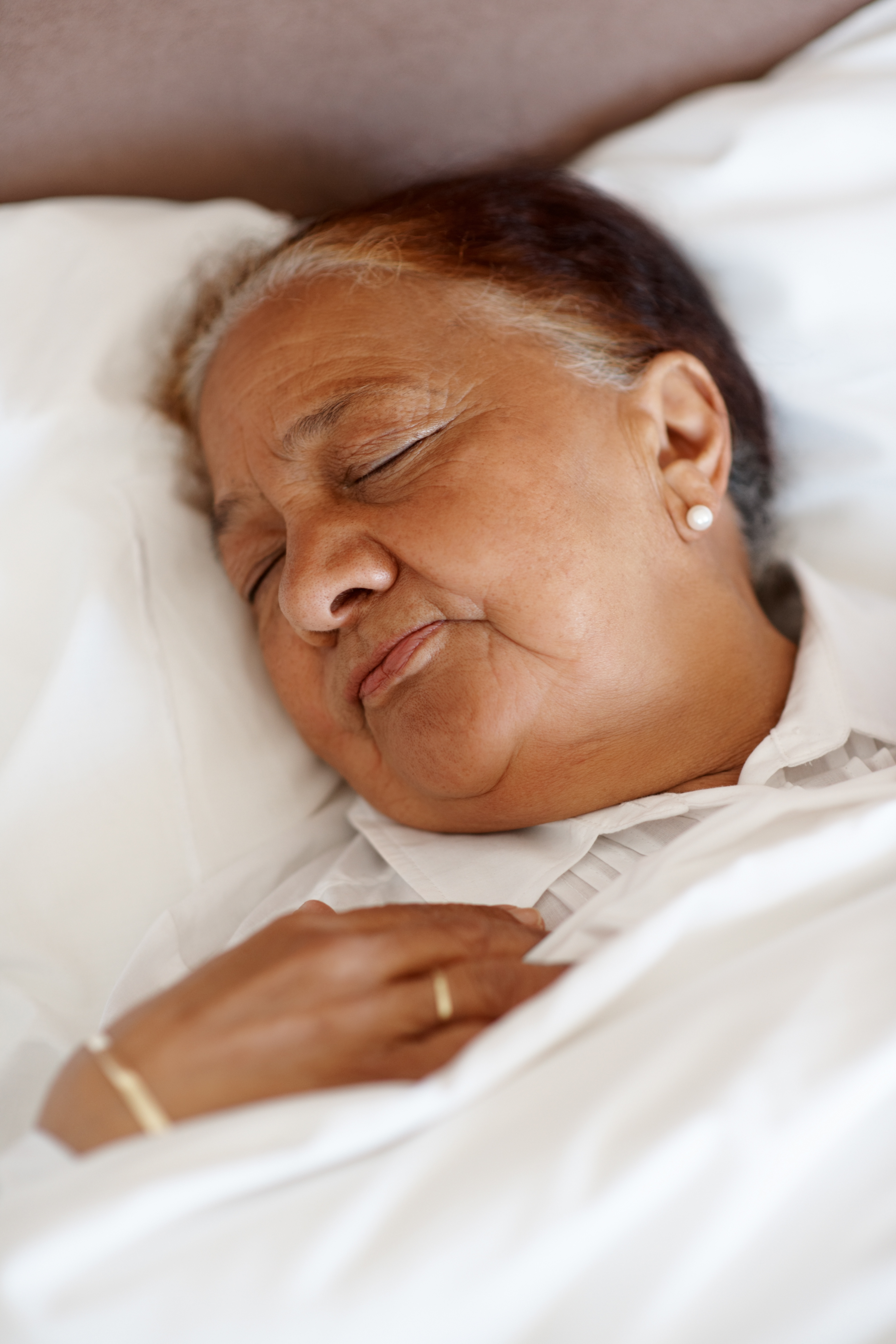Michigan Nursing Home Inspection Report
The Michigan Department of Licensing and Regulatory Affairs (LARA) conducts yearly inspections of nursing homes and long-term care facilities to ensure they are compliant with state and federal regulations.
Nursing home violations are documented in detail. Reports must be posted by the facility and made available to residents and family members. Serious violations are ones that put residents in immediate jeopardy. Inspectors who cite immediate jeopardy (IJ) violations will stay on site until the situation is resolved.
Calhoun County Medical Care Facility
Battle Creek, Michigan
A nurse aide at Calhoun County Medical Care Facility found a 73 year-old resident unresponsive and cold to the touch in her bed on the morning of August 10, 2012. Nurses failed to immediately perform cardiopulmonary resuscitation (CPR) to revive her, despite the resident having a standing order to do so in case of a medical emergency. The woman was pronounced dead by her nurse shortly after she was found.
Upon investigation, it was revealed that the resident’s nurse confirmed the resident was in bed at 7:10 a.m. on August 10, 2012. The resident’s breathing was normal, and her continuous positive airway pressure (CPAP) machine was functioning properly. CPAP machines are typically used to help people who have trouble breathing by preventing the airway from collapsing while sleeping.
At 7:44 a.m., the resident’s nurse aide went in to check on her. The nurse aide found the resident unresponsive and cold to the touch. The resident was not breathing. The nurse aide immediately notified the nurse taking care of the resident. In addition to being unresponsive and cold, the nurse noted that the resident’s tongue was protruding from her mouth, her lips were blue, she had no pulse, and no lung sounds. Instead of initiating CPR on the resident, the nurse declared the resident deceased.
The nurse who declared the resident dead informed another nurse at 8:00 a.m. That second nurse went into the resident’s room to verify. At that point, the second nurse initiated a code and called overhead for all available nurses to come to the resident’s room STAT (immediately). CPR was initiated at 8:03 a.m. and emergency medical services were called.
Hospital and EMS workers attempted to revive the resident until 8:30 a.m. when a physician finally ordered termination of CPR on the resident.
Nursing home staff members were retrained on proper procedures for performing CPR on its residents. Visual cues were established to easily and immediately identify which residents had orders to perform CPR in case of emergency. After these measures were put into place, the immediate jeopardy was removed.